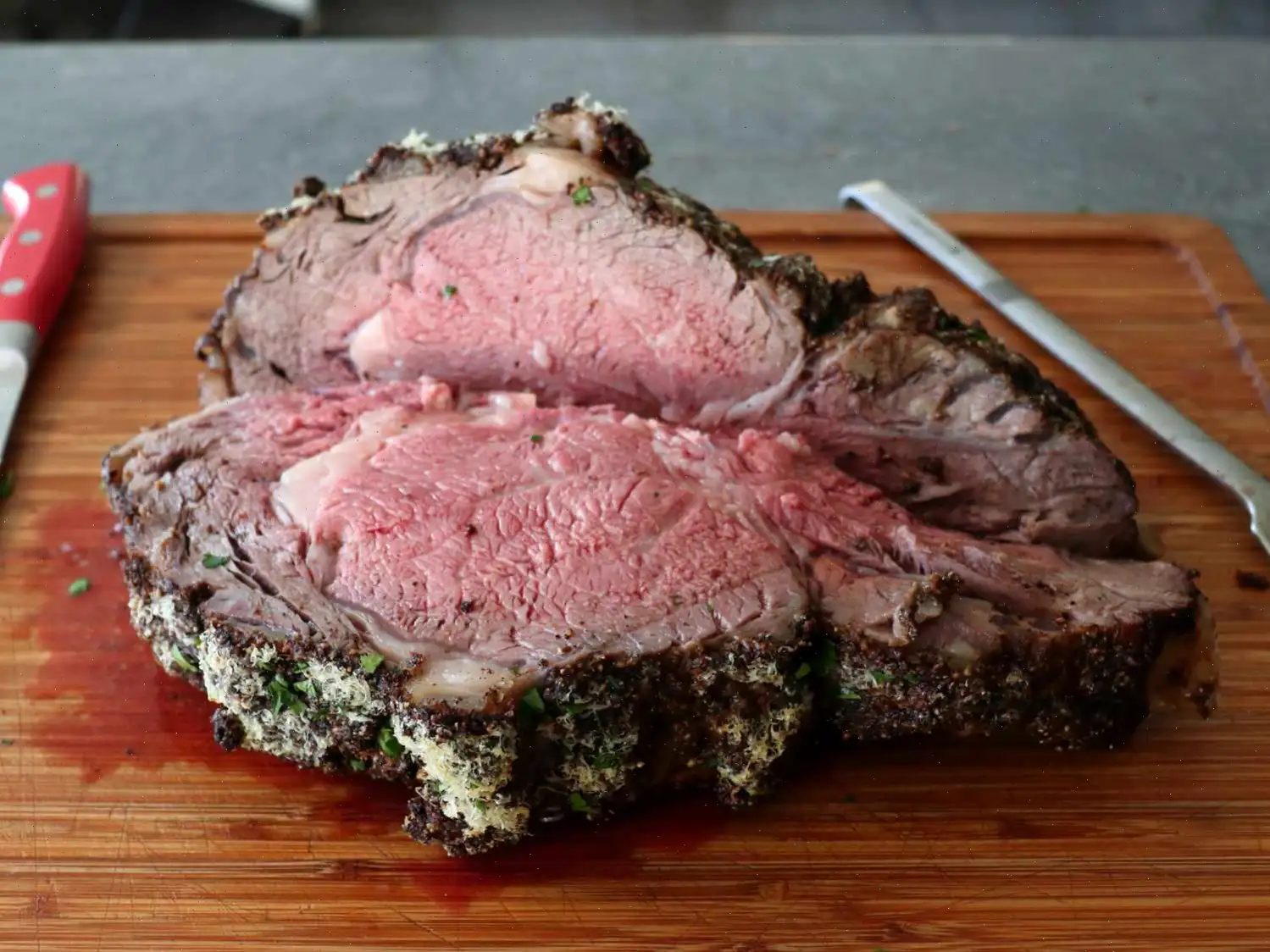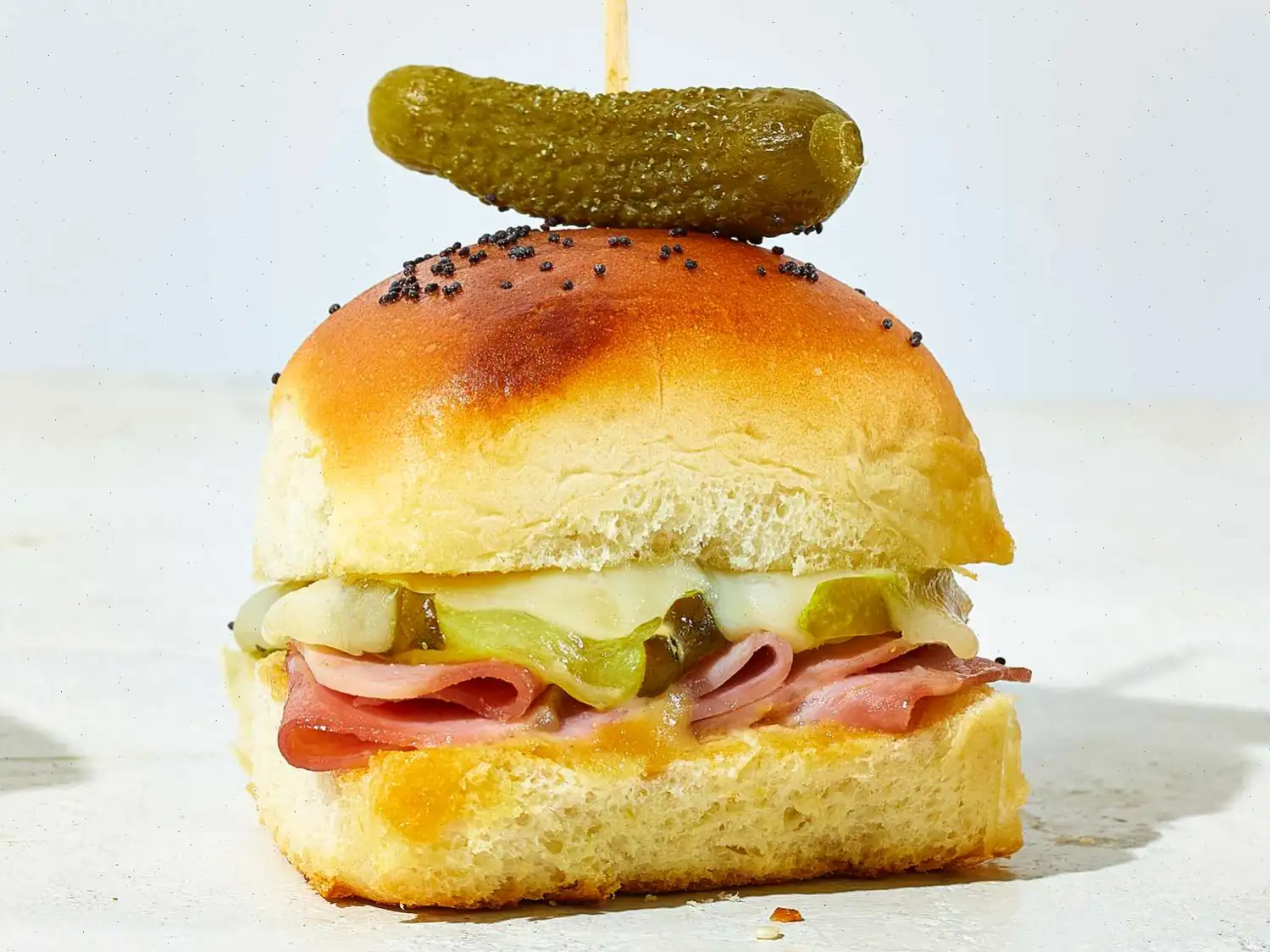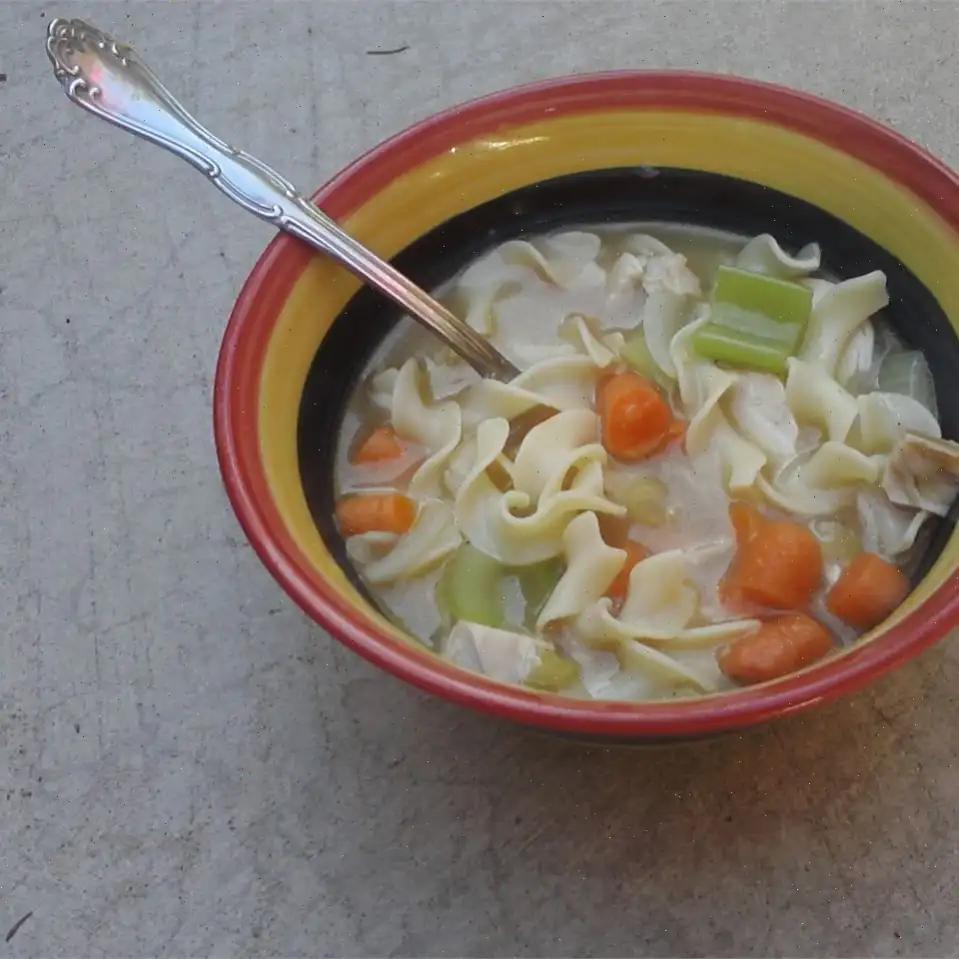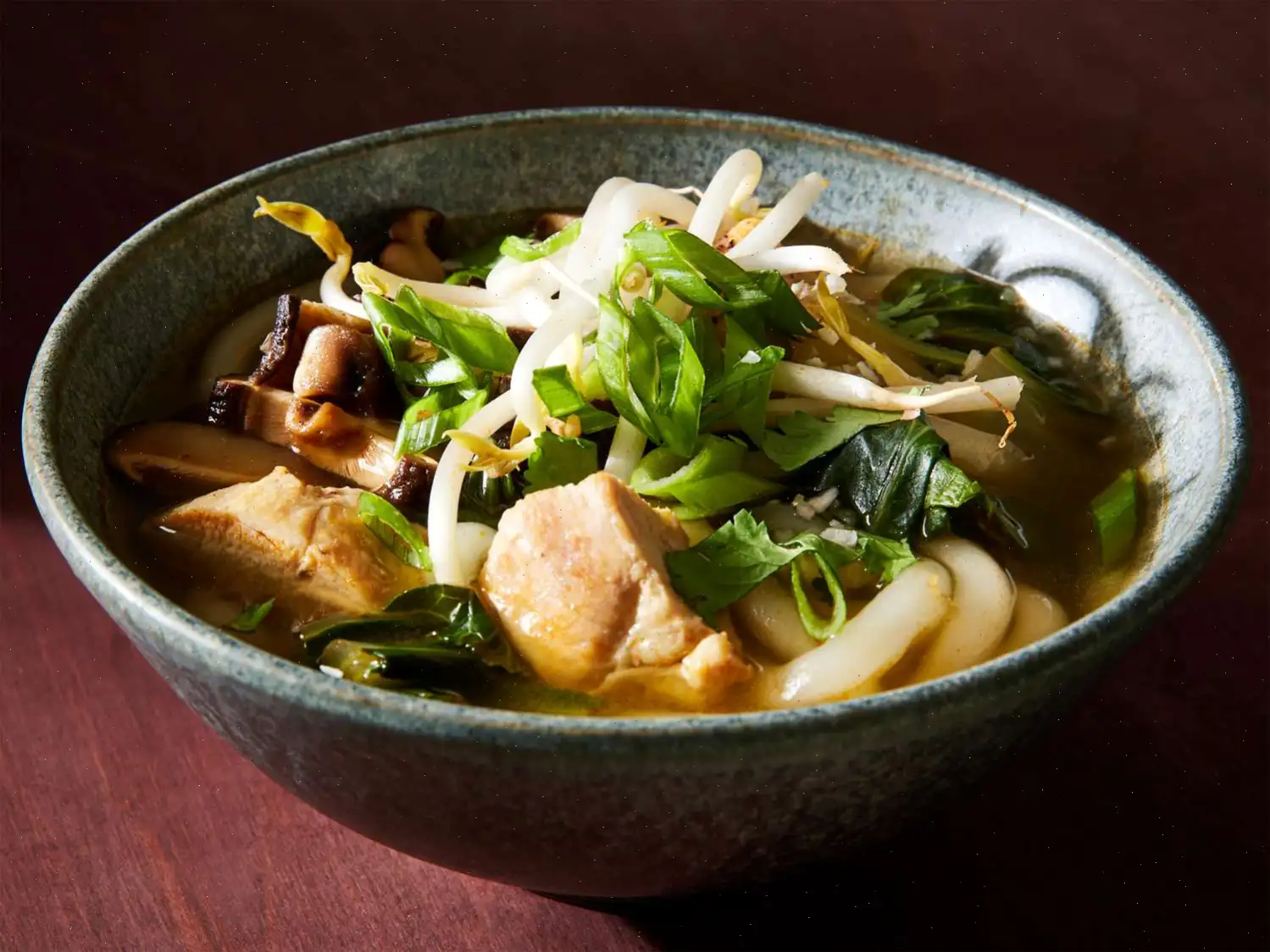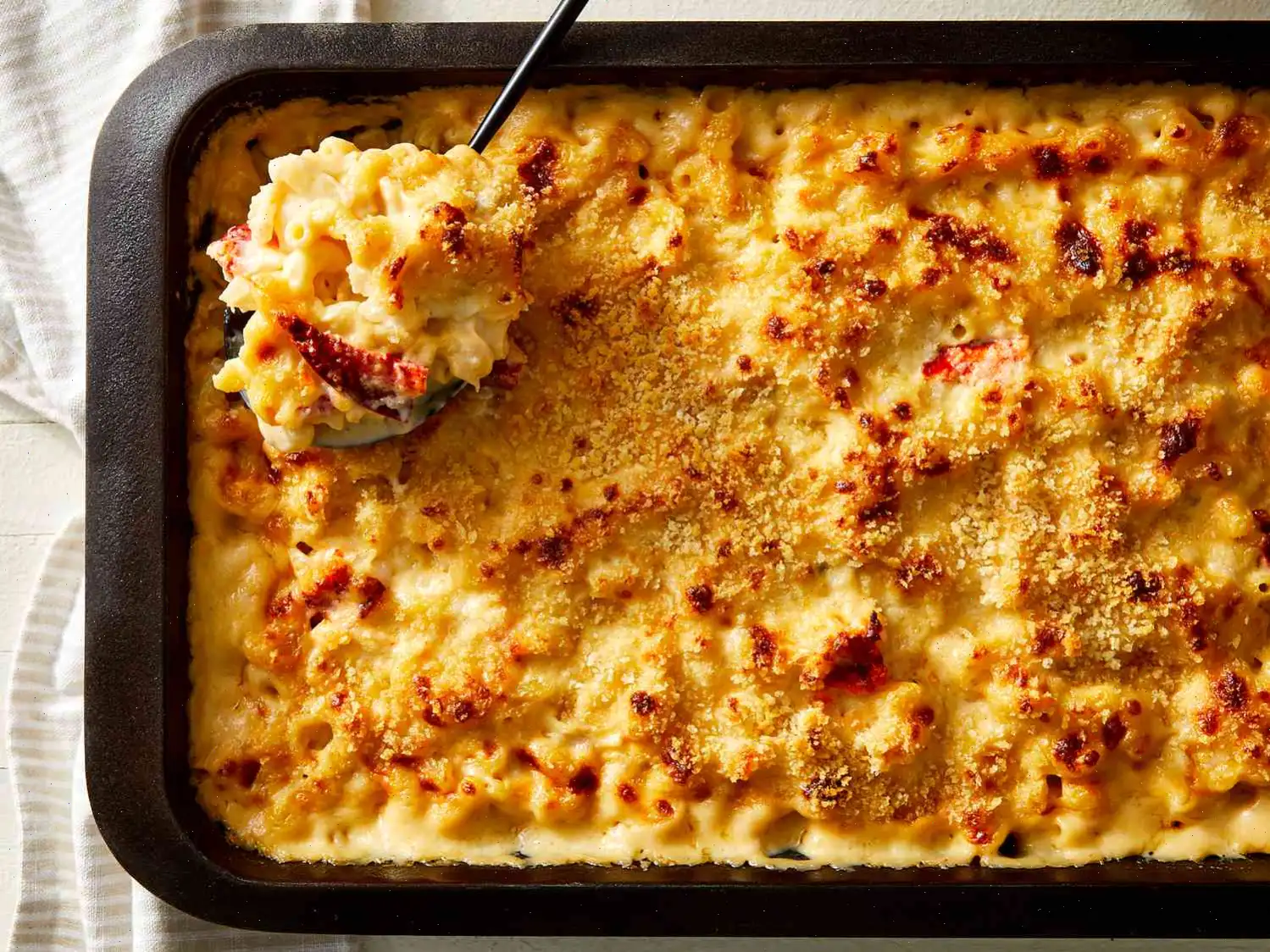
Pepper Parm Prime Rib Recipe
Original Recipe Yield: 6 servings
Ingredients:
- 1 (5-pound) bone-in prime rib of beef, fat cap trimmed
- 5 teaspoons kosher salt (about 1 teaspoon per pound of meat)
- 4 tablespoons very soft butter
- 1/2 cup freshly grated Parmigiano Reggiano cheese, plus more as needed
- 2 rounded tablespoons coarse ground black pepper, plus more as needed
- 2 cups beef broth
- 2 cups water
Directions:
Step 1: (Optional) Use a sharp knife to cut 1/8 inch through the tough membrane on top of the beef, making cuts every inch or so. This prevents the membrane from contracting and distorting the shape of the meat as it roasts.
Step 2: Generously salt the beef all over, then place it on a rack set over a roasting pan. Refrigerate, uncovered, for 8 to 24 hours to allow the salt to penetrate the meat.
Step 3: Remove the beef from the refrigerator and let it sit at room temperature for 2 hours before roasting. Preheat the oven to 450F (230C).
Step 4: In a bowl, combine the butter, grated Parmigiano Reggiano cheese, and black pepper. Mix until the butter is very soft, making it easy to spread over the meat.
Step 5: Pat the surface of the beef dry with a paper towel to remove any excess moisture. Apply a few teaspoons of the butter mixture to the bottom and sides of the beef. Then spread the remaining mixture generously across the top. If desired, add extra black pepper and Parmigiano on top for more flavor.
Step 6: Pour the beef broth and water into the bottom of the roasting pan.
Step 7: Place the roasting pan in the upper center of the preheated oven. Roast the beef for 20 minutes, then reduce the oven temperature to 325F (165C).
Step 8: Continue roasting the beef until the internal temperature of the thickest part reaches 120F (49C) for medium rare. Depending on the size of the roast, this may take about 1 1/2 hours. Always use an instant-read thermometer to check for doneness instead of relying on a timer.
Step 9: Once done, remove the roast from the oven and tent it loosely with aluminum foil. Let the meat rest for 20 minutes or until the internal temperature rises to 130F (54C), which will give you a perfect medium-rare, rosy pink center.
Step 10: While the beef is resting, pour the pan juices into a saucepan. Keep the juices warm over low heat, seasoning with salt and pepper to taste.
Step 11: After the beef has rested, slice the meat off the bones, then cut it into 6 portions. Serve the slices on heated plates with the warm pan juices ( jus ) on the side.
Nutrition Facts (per serving):
- Calories: 1402
- Total Fat: 113g (145% Daily Value)
- Saturated Fat: 48g (238% Daily Value)
- Cholesterol: 341mg (114% Daily Value)
- Sodium: 1799mg (78% Daily Value)
- Total Carbohydrate: 3g (1% Daily Value)
- Dietary Fiber: 1g (2% Daily Value)
- Total Sugars: 0g
- Protein: 89g (177% Daily Value)
- Vitamin C: 0mg (0% Daily Value)
- Calcium: 139mg (11% Daily Value)
- Iron: 10mg (53% Daily Value)
- Potassium: 1312mg (28% Daily Value)
*Percent Daily Values are based on a 2,000 calorie diet. Your daily values may be higher or lower depending on your calorie needs.
The History and Origins of Pepper Parm Prime Rib
Pepper Parm Prime Rib is a modern twist on the classic prime rib roast, a dish with roots tracing back to traditional European beef roasts. The prime rib itself, also known as a standing rib roast, has been a centerpiece of celebratory meals since the 19th century in both England and France. Adding a crust of Parmigiano Reggiano and coarse black pepper is an Italian-American innovation, blending the richness of Italian cheeses with the savory depth of aged beef. This combination enhances the natural flavor of the meat while creating a golden, flavorful crust during roasting.
Regional Variations and Characteristics
In the United States, Pepper Parm Prime Rib is most popular in regions with strong Italian-American communities, such as New York, New Jersey, and parts of California. Some recipes may incorporate regional cheeses like Pecorino Romano or smoked varieties of Parmesan, while others might adjust the seasoning to include local herbs such as rosemary or thyme. The dish is typically prepared for holiday feasts or special family gatherings, emphasizing its role as an indulgent and celebratory entre.
How It Differs From Similar Dishes
While traditional prime rib relies mainly on salt, garlic, and herbs for flavor, the Pepper Parm variation stands out due to its cheesy crust and pepper-forward profile. Unlike a ribeye roast or a roast beef served thinly sliced in sandwiches, Pepper Parm Prime Rib is roasted whole and served medium-rare to medium, allowing the butter-cheese-pepper coating to form a crisp exterior while the inside remains tender and juicy. This approach contrasts with French-style beef en crote or Italian beef roasts that often include puff pastry or marinades, highlighting simplicity paired with bold seasoning.
Typical Serving Settings
Pepper Parm Prime Rib is most commonly served in upscale home dinners, holiday tables, or fine dining restaurants. It is often accompanied by au jus, roasted vegetables, or creamy mashed potatoes. Some restaurants may offer a carving station where the roast is sliced tableside, enhancing the presentation and emphasizing the meats quality. This dish is especially popular during Christmas, Thanksgiving, and special anniversaries, where the dramatic presentation matches the festive atmosphere.
Interesting Facts
- The Parmigiano Reggiano used in the crust is aged for at least 24 months, which contributes to its nutty flavor and ability to form a golden-brown crust.
- Roasting the meat uncovered in the refrigerator for 824 hours before cooking, a method called dry brining, helps the seasoning penetrate deeply while improving texture.
- Pepper Parm Prime Rib is often mistakenly thought to be an Italian classic, but it is primarily an American innovation inspired by Italian flavors.
- The combination of coarse black pepper and cheese not only enhances flavor but also helps lock in the meats natural juices, creating a tender, juicy roast.
- While a prime rib can feed a large group, the Pepper Parm style elevates it to a luxurious centerpiece suitable for festive celebrations or gourmet dinner parties.
You can listen to this recipe in AI audio format. Simply click the play button below to listen to the content in a format that suits you best. It’s a great way to absorb information on the go!
FAQ about Pepper Parm Prime Rib Recipe
Comments
Joyce Rodriguez
05/28/2023 01:37:46 PM
This recipe is absolutely fantastic. I wouldn't make any changes or additions to it - it's just perfect. The method is straightforward and the outcome is outstanding. This is hands down the best prime rib I've ever tasted. It's definitely going to be a staple on our holiday menu from now on. Thank you, Chef John!
Joshua Sanchez
11/22/2023 03:55:58 PM
Super simple and tasty Christmas dinner. It goes perfectly with Chef John's Brutus Salad.


